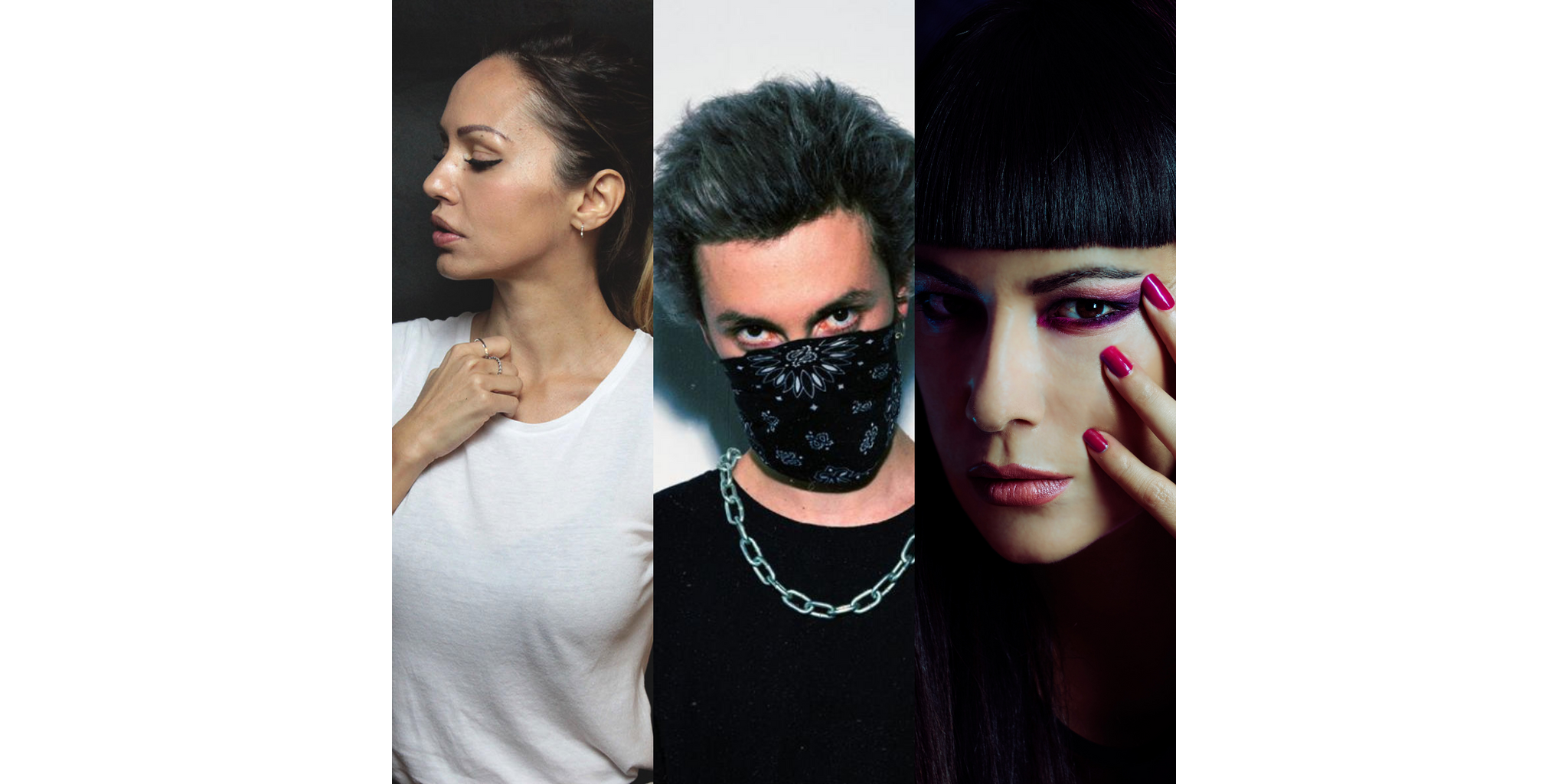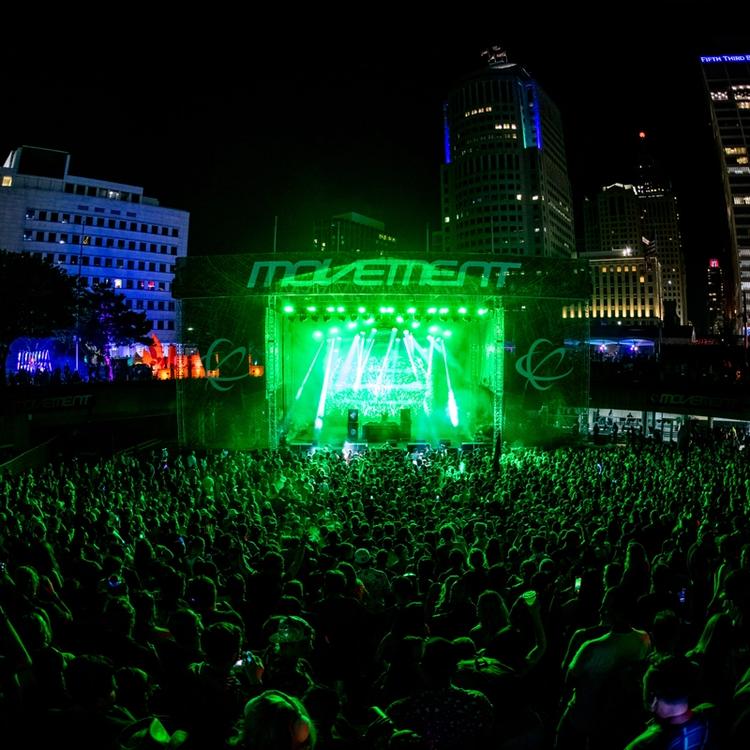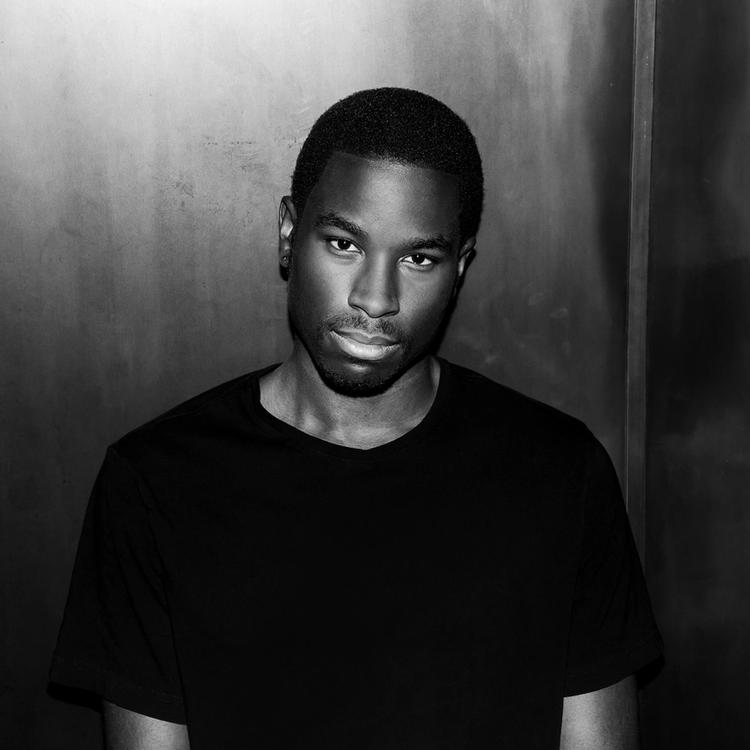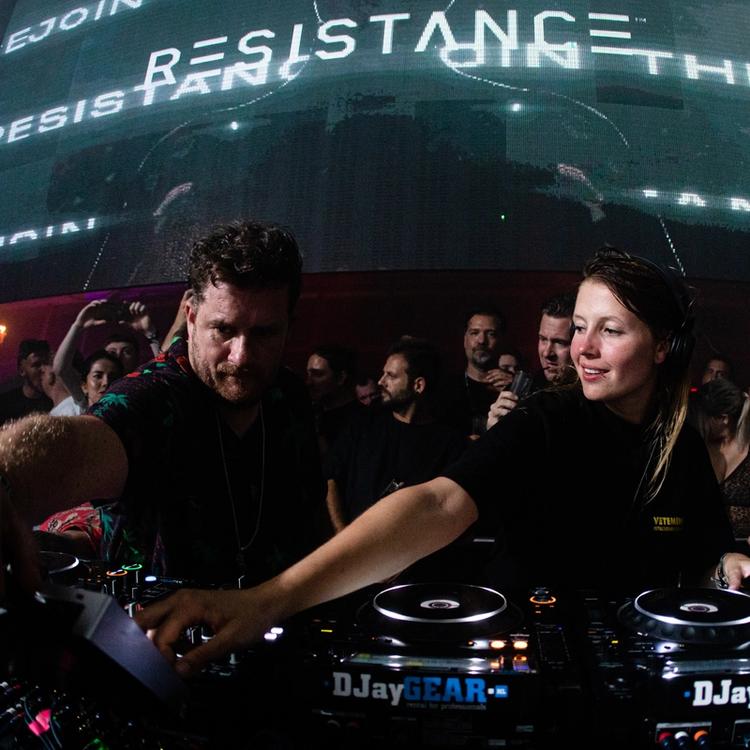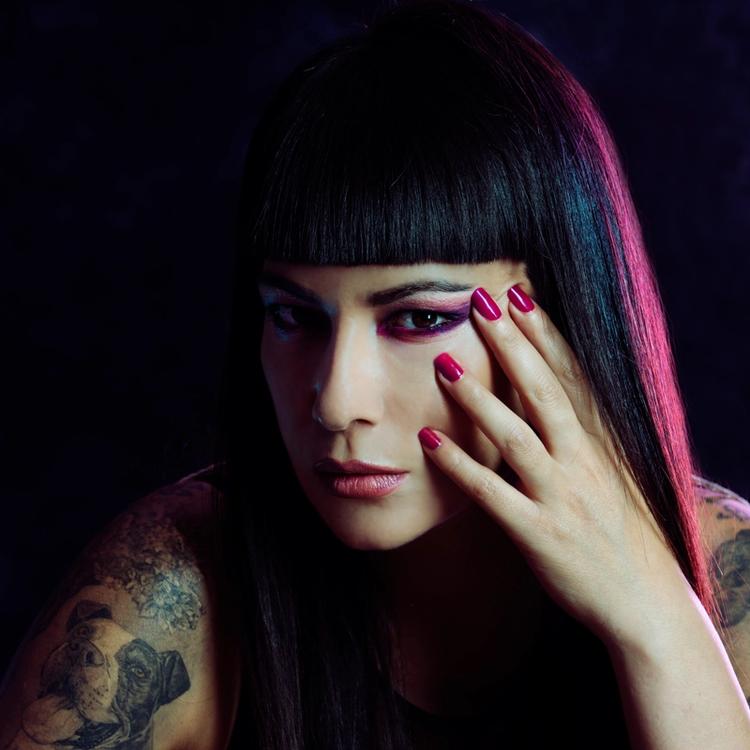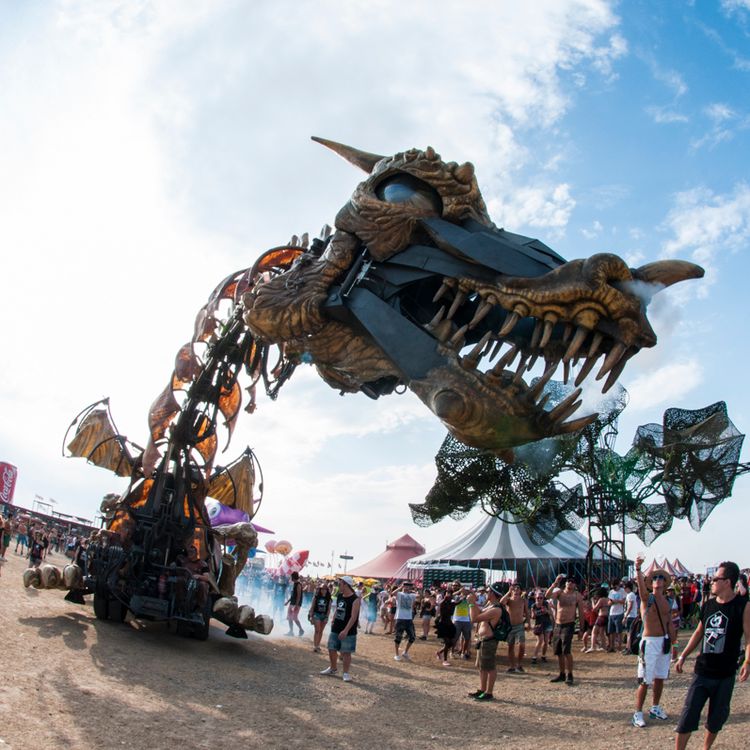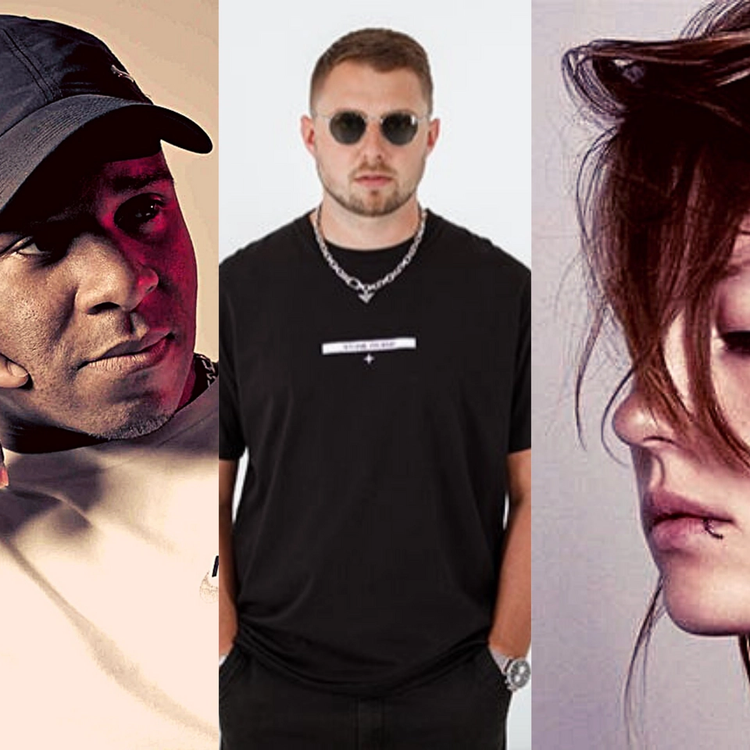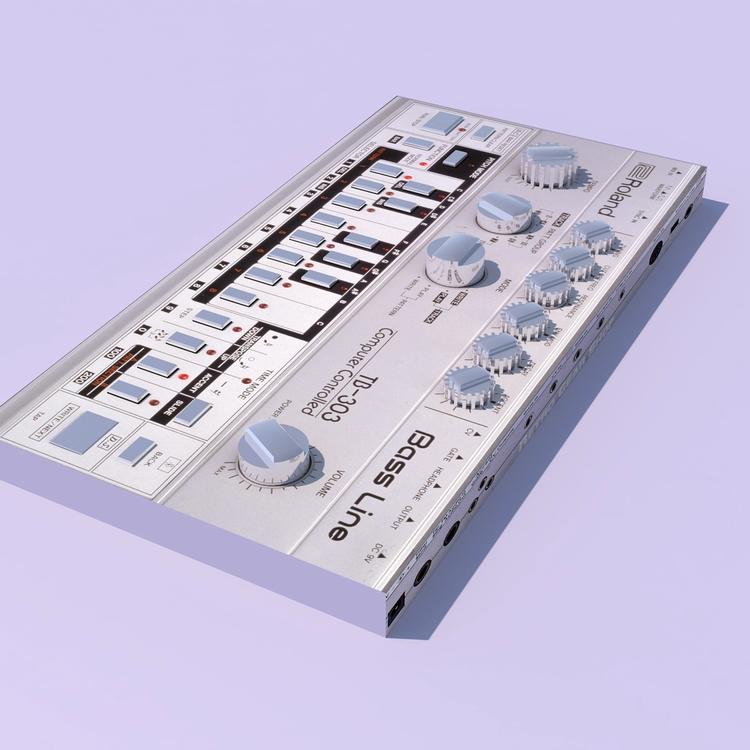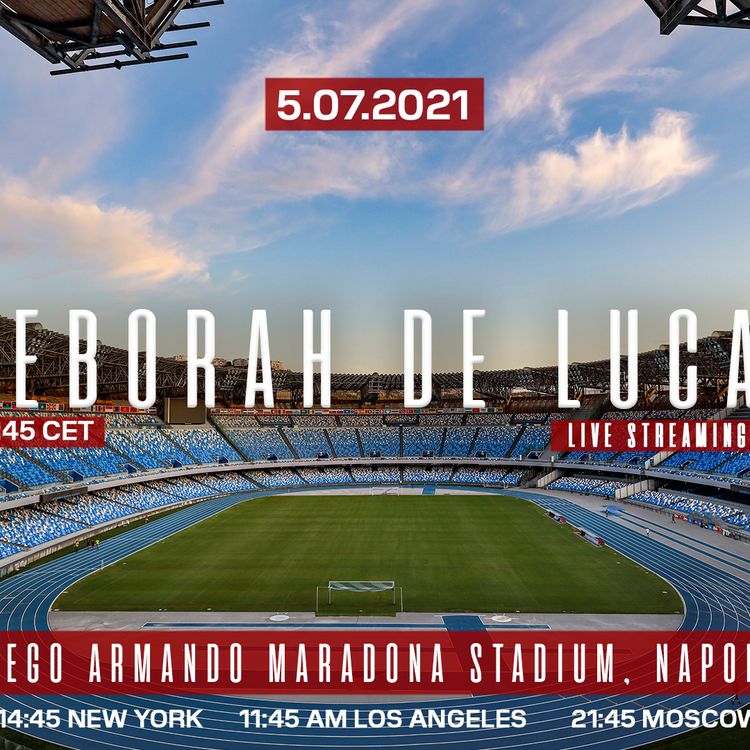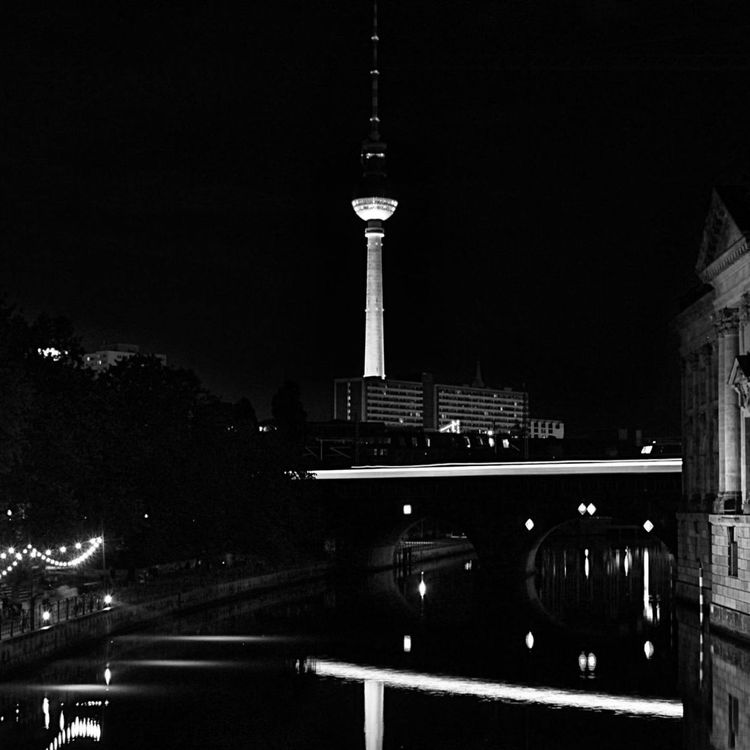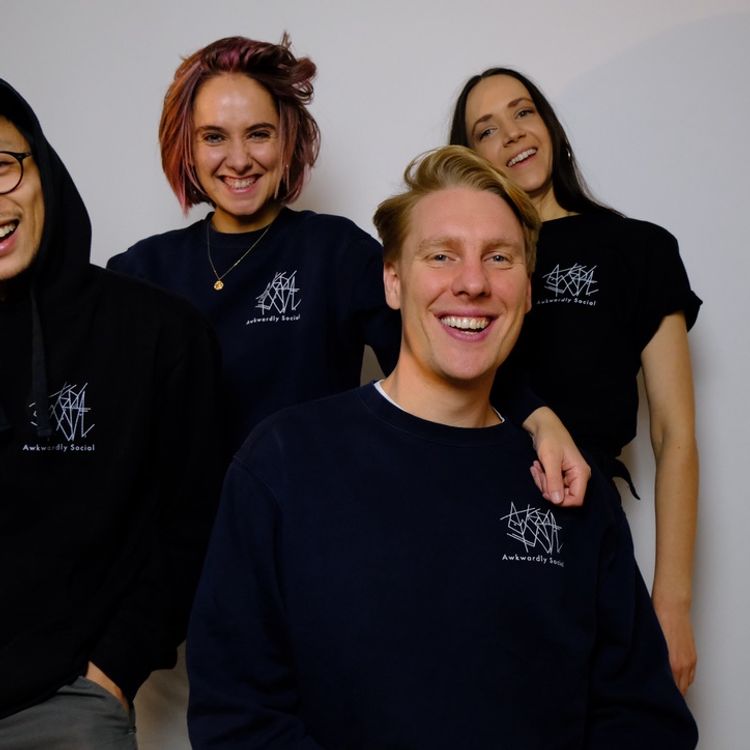Let's Talk About Hard Techno
For those who are dying to know what keeps ravers coming back to the shadows of the underground, gather around and lace up your combat boots: let’s talk about hard techno.
Before we begin, let’s make sure we’re up to speed on the basics. Techno music originated in the late 1980s and early ‘90s, establishing itself in US cities including New York, Detroit, and Chicago. Growing out of European dance music and becoming an unstoppable force of its own, techno has enraptured the global music market even beyond electronic genres.
Marked by thumping 4/4 kick drums and synths that can sound equally nostalgic and futuristic, this is the sound that powers the underground and influences countless subgenres across the electronic spectrum.
So, what about hard techno? Some may believe good, old-fashioned techno is intense, yet it’s nothing compared to its ferocious counterpart. Born in the late ‘90s, the Schranz movement— led by industry veteran Chris Liebing— saw techno producers dish out even harder kicks and ultra-fast tempos reaching and even exceeding 150 beats per minute. This style is what we know now as hard techno, and it’s become a sweeping movement in dance music like never before.
When we call this music ‘hard,’ we refer to the hardcore influences that act as the foundation of this sound. If you’re familiar with genres like gabber or uptempo hardcore (200 BPM, anyone?), you understand why this genre is aptly titled. Crushing kick drums and heavy distortion are the trademarks of hardcore and its many subgenres, including the sound of hard techno.

Chris Liebing
In 2019, journalist Annabel Ross penned a piece for Beatportal titled Why Techno Is Harder, Faster and Angrier Than Ever, exploring the emerging trend of techno DJs playing harder music. “Subgenres that were once considered fringe, or even garish, like gabber and hardcore, are suddenly everywhere,” she wrote, “and purveyors of these styles, and of harder techno, are often enjoying a sudden and unexpected boost in status.”
Ross investigates a few reasons why this has become a trend: the natural ebb and flow of the genre’s popularity across generations, rising tensions among nations and individuals worldwide, and simply just the fun of dancing like a maniac to mega-fast beats. Whatever your reason, there’s sure to be a style of hard techno just for you.
Made for aggressively stomping on the dance floor inside an abandoned warehouse at 3:18 a.m., hard techno is best complemented with minimal production when it comes to the setting — you won’t find 20-foot LED walls or confetti drops at these shows. Some of the best hard techno parties are nestled in a dark alley on the city streets, powering the dance floor with just a DJ setup, speakers, and maybe one all-consuming red light or strobe. This music is for dancing yourself clean of all sins, basking in the drama and the terror of the kick drum as you try to keep up with the DJ.

Deborah De Luca
Despite the often rigid instrumentation across hard techno, there are plenty of opportunities to feel the groove and a sense of release in this music. With artists like Krl Mx influenced by the galloping percussion of psytrance and others like Vizionn pulling inspiration from classic trance of decades past, the spectrum of hard techno contains multitudes.
If you prefer the bouncier styles of hard music, there’s no shame in dabbling in the uber-fun genres like donk and hard house to work your way into the hard techno dungeon.
Visiting the catalogs of storied producers such as Fatima Hajji will be your key to the vast world of hard techno. With releases spanning back to 2008 available on digital streaming services, Fatima’s anything but traditional hard techno fare serves as a fine, diverse guide for new fans.
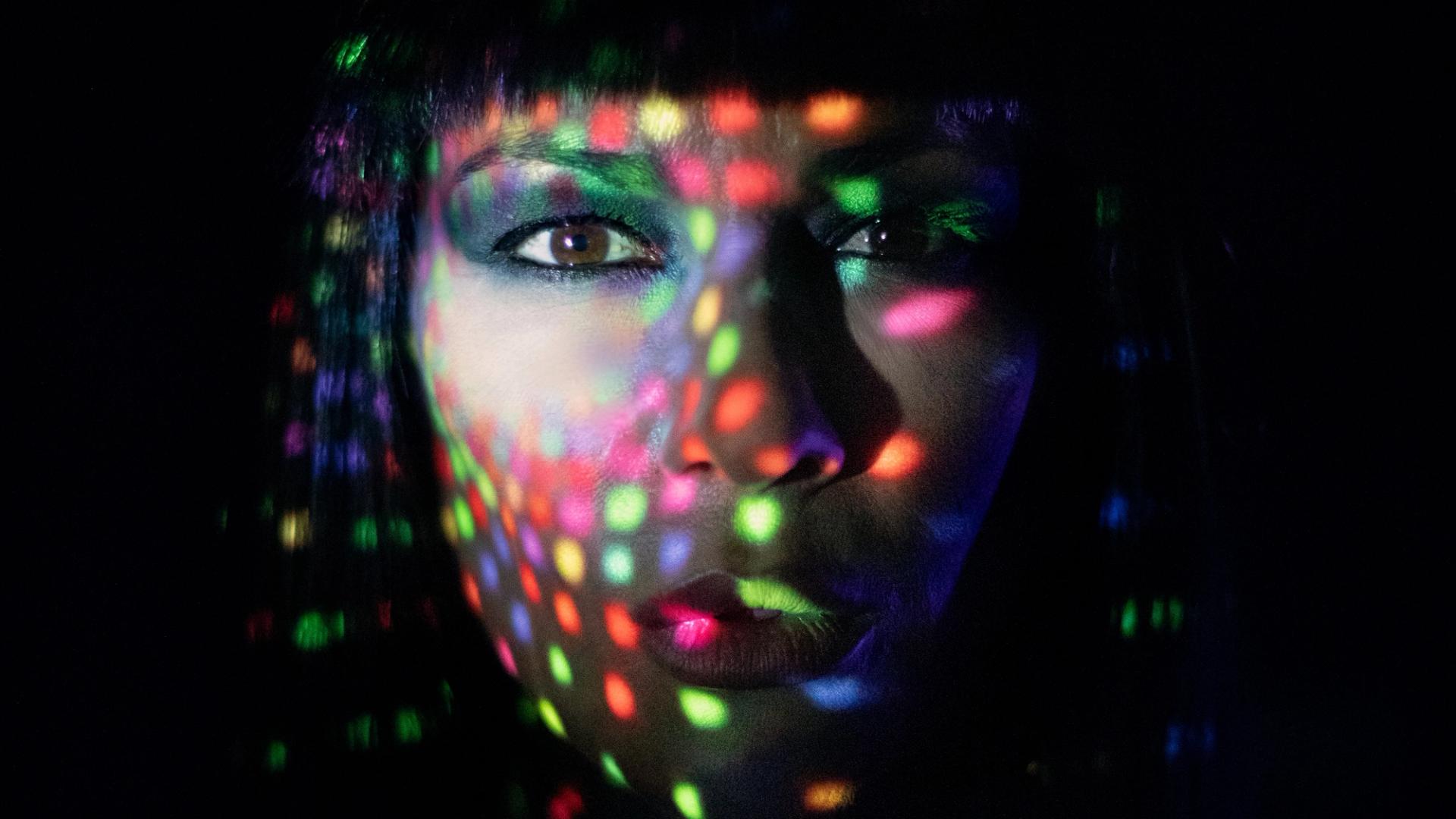
Fatima Hajji
There’s more hard music on mainstream music festival lineups in today's electronic music scene than ever before. Take this year’s lineup for EDC Las Vegas, for example, which features hard techno acts Deborah de Luca, I Hate Models, Charlotte de Witte, and even hardcore acts Mad Dog, DJ AniMe Rob Gee. Now accessible to a broader audience, the potential for hard techno’s global explosion seems all but inevitable. We’ll see you on the dance floor — and don’t forget your stomping boots.
